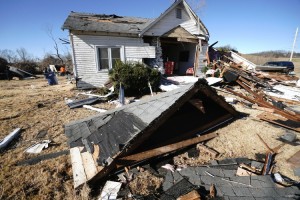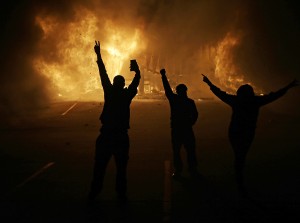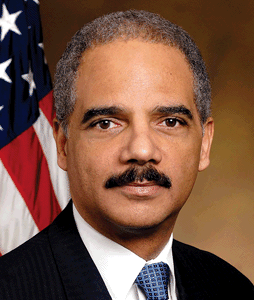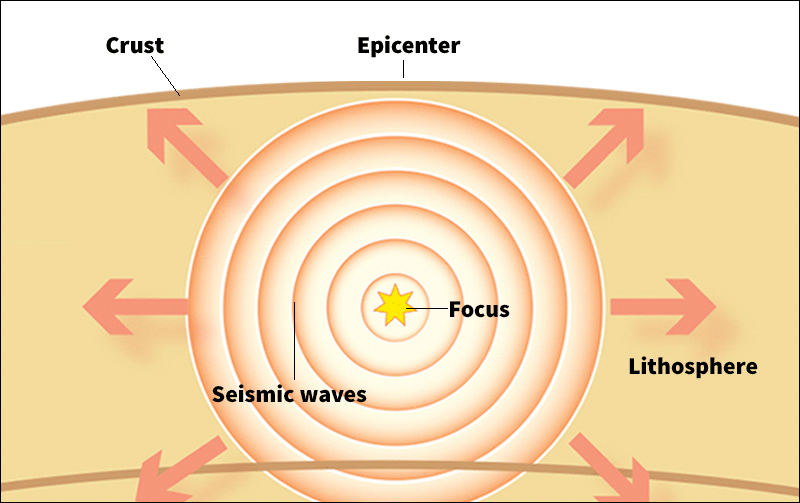Tornadoes Tear through Kentucky
Monday, December 13th, 2021
Part of a roof lays in front of a home, destroyed by a powerful tornado in Defiance, Missouri on Sunday, December 12, 2021. A tornado hit the small town west of St. Louis on Friday, December 10, 2021, destroying 25 homes and killing one.
Credit: © Bill Greenblatt, UPI/Alamy Images
Devastating tornadoes tore through Arkansas, Illinois, Kentucky, Mississippi, Missouri, and Tennessee on Friday, Dec. 10, 2021. At least 22 tornadoes were reported throughout the 6 states. The storm started with a powerful thunderstorm, which meteorologists believe generated the tornadoes. The largest of the tornadoes broke United States history as the longest tornado. From touch down to the point where the tornado picked back up, the tornado measured 227 miles (365 kilometers).
Most of the destruction occurred in western Kentucky. Although tornadoes can occur any time of the year, they are more common in spring and summer. Tornadoes rarely form in Kentucky in the month of December. In Mayfield, Kentucky, a tornado hit a candle factory where 110 people were working the night shift. The building collapsed in the storm. Reports show eight people from the factory were killed in the storm and six people are still missing. At least 64 people have been confirmed dead in Kentucky with more than 105 people still missing. Rescue efforts are still underway to locate missing people. On Sunday, President Joe Biden approved Kentucky’s request for assistance from the Federal Emergency Management Agency (FEMA).
More than a dozen people were killed from the storms in Illinois, Tennessee, Arkansas, and Missouri. The storms hit an Amazon warehouse in Illinois, killing six people. One tornado tore through a nursing home in Arkansas, killing one resident. Rescue workers and family members are still searching for missing people throughout the wreckage. Thousands of businesses, houses, and schools have been damaged. Across the affected states, more than 50,000 people have been without electricity since the storm Friday night. Rescue efforts have been complicated because many power lines and cell towers were damaged in the storms.






